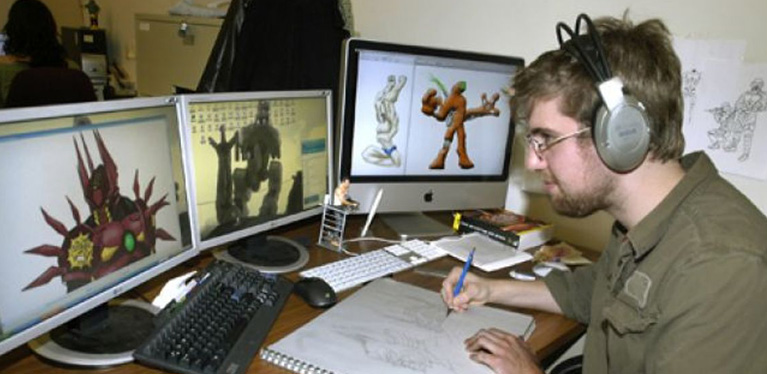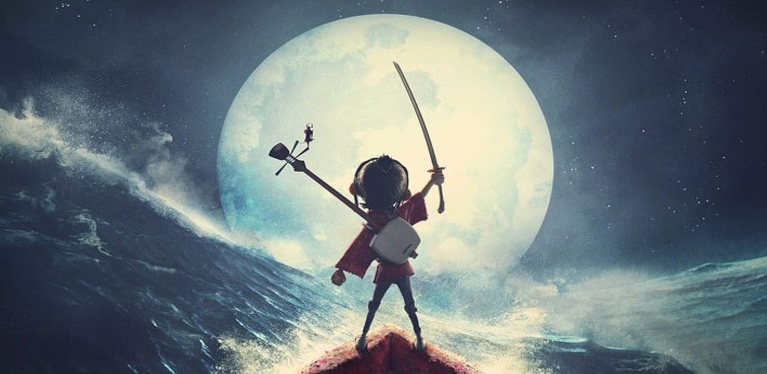When How to Train Your Dragon 2 (HTTYD2) hit the theaters last month, its realistic animation shocked & awed worldwide audience across various age groups. Stunning visual arts, powerful emotional scenes and a plethora of innovative digital technology combined to create an experience that was the result of decades of research. Here is why the technology of HTTYD 2 surpassed that of its predecessor in more ways than one.
[youtube]http://www.youtube.com/watch?v=bqk6rbhuKd0[/youtube]
Video description: First 5 minutes of How to Train Your Dragon 2
(1) The DreamWorks-HP partnership
DreamWorks Animation partnered with its technology associate, HP, to develop the billion-color HP DreamColor Display, enabling artists to view accurate color for visual technologies such as ultra-wide color gamut and 4K input.
(2) Intel Inside
The studio collaborated with Intel to create a suite of software applications called Apollo that allowed them to add greater details to their characters.
(3) From EMO to PrEMO
DreamWorks upgraded EMO, the tool used in How to Train Your Dragon (HTTYD). The successor, called PrEMO, allowed animators to edit characters in full depth, high resolution by granting access to large amounts of parallel processing power.
(4) Better controls
EMO was basically a spreadsheet-based tool. Animators had to punch in numbers into a database to see the effects of their work. This took quite a while with the existing rendering capabilities. PrEMO came with a state-of-the-art stylus that let the animators directly manipulate the animation by hand. No more spreadsheets; no more waiting time.
[youtube]http://www.youtube.com/watch?v=VEcM3rbnwQ4[/youtube]
Video description: Official trailer of How to Train Your Dragon
(5) Improved focus & lighting
Torch, a dynamic lighting management tool, enabled the animators to bring characters into focus quickly by repositioning the lighting structure of the scene.
(6) Improved rendering facilities
Rendering tied up computer resources while working on HTTYD. Therefore, Torch was backed up by an innovative rendering tool called Moonlight. With it, animators could continue work while spare processing power was used to complete the rendering process.
(7) Time management
Premonition, a resource management tool, monitored and utilised idle time. For example, the moment the animator would let go of the stylus, Premonition would start analysing all the animation and cache the latter to memory.
(8) Quicker pipeline interactions
The innovations in Apollo did much to solve the minute nuances of the previous software version by improving services architecture. For example, it completely solved the problem of getting data from one part of the pipeline to another.
(9) Enhanced software
EMO and the tools that were used in HTTYD were entirely proprietary, which was a handicap due to limitations of particular applications. In the production of the sequel, the studio could choose and thus decided to bring in MARI, a 3D texture painting software, to replace its 3D paint stock package.
(10) Audience interactive experience
DreamWorks tipped the scales when it designed a complete Virtual Reality experience. As part of the promotion, a VR ride was created that enabled users to fly on their very own dragon. Rift, a virtual-reality headset developed by a tech company called Oculus, allowed users to manoeuvre the flying serpent while experiencing waves of air rushing into the face and muscle jerks during the ride. The ride itself lasts only 80 seconds, but is enough to grant a promising look into the future of digital animation.


